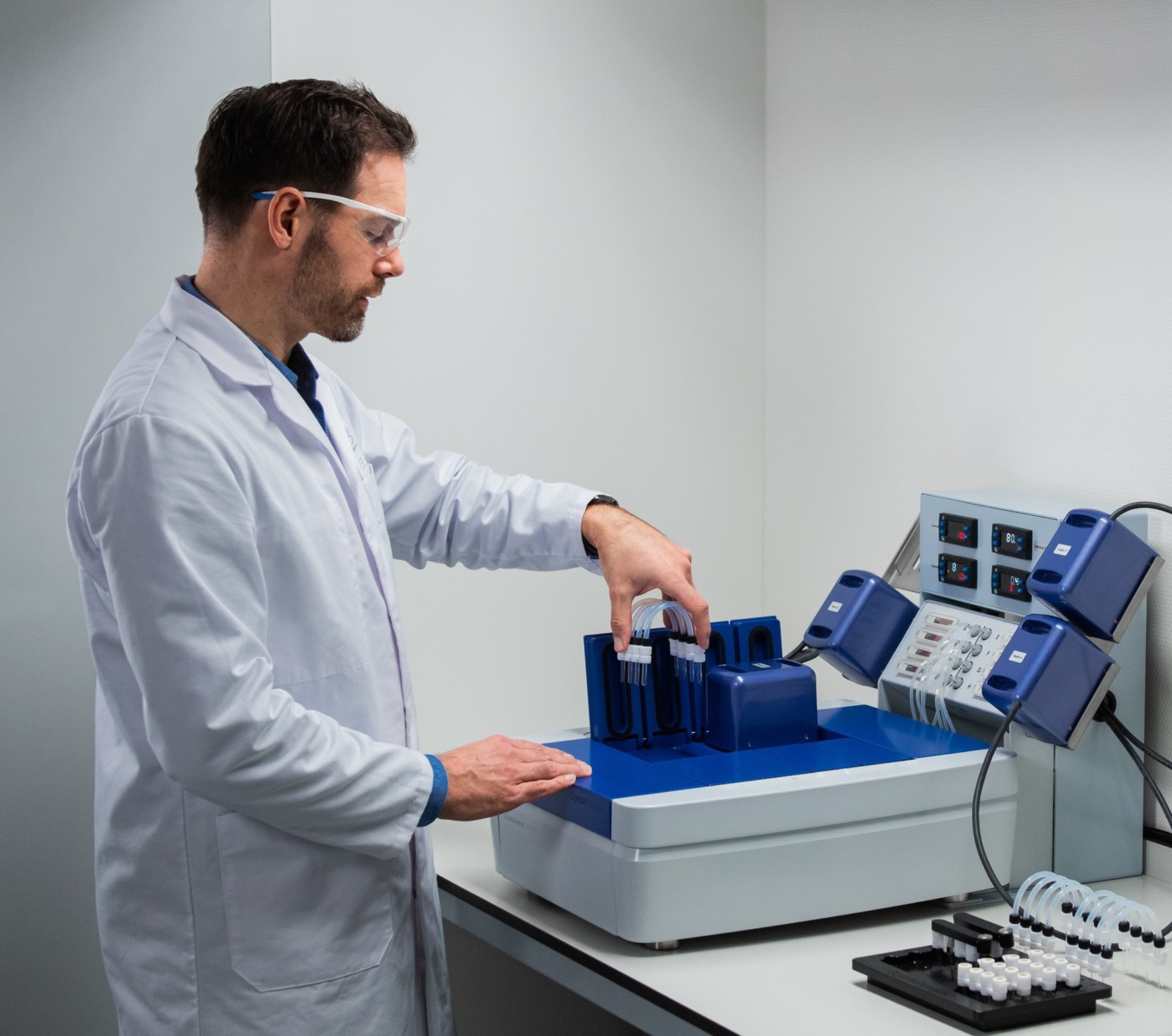Controlled evaporation
Use overhead stirring with a unique hook design to mix thick slurries and viscous fluids. The evaporation set-up facilitates fully controlled evaporation crystallization studies.
Enhance your early stage solid state screening with the CrystalBreeder bench-top system. Enhanced with new controlled evaporation and vapor diffusion modules.
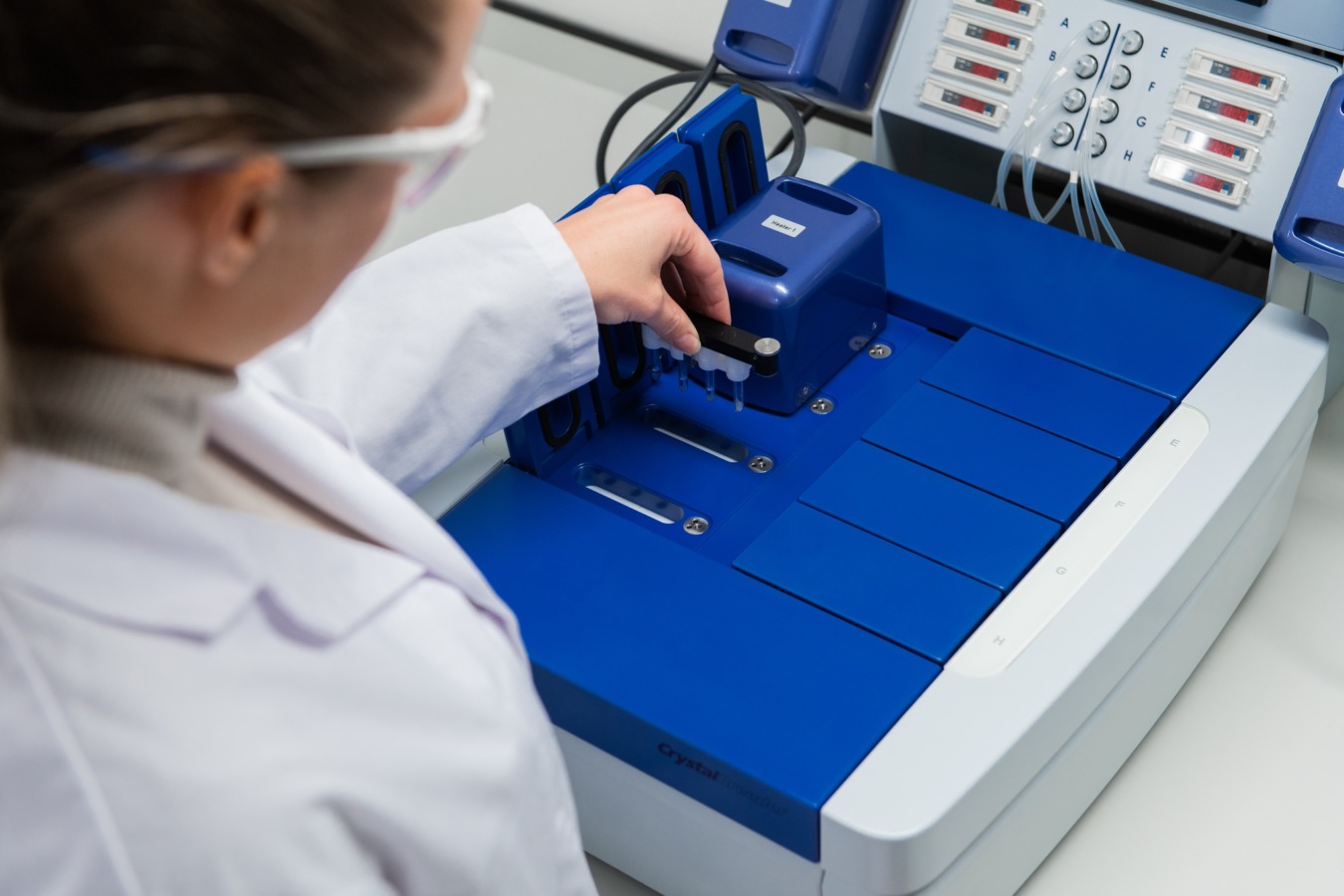

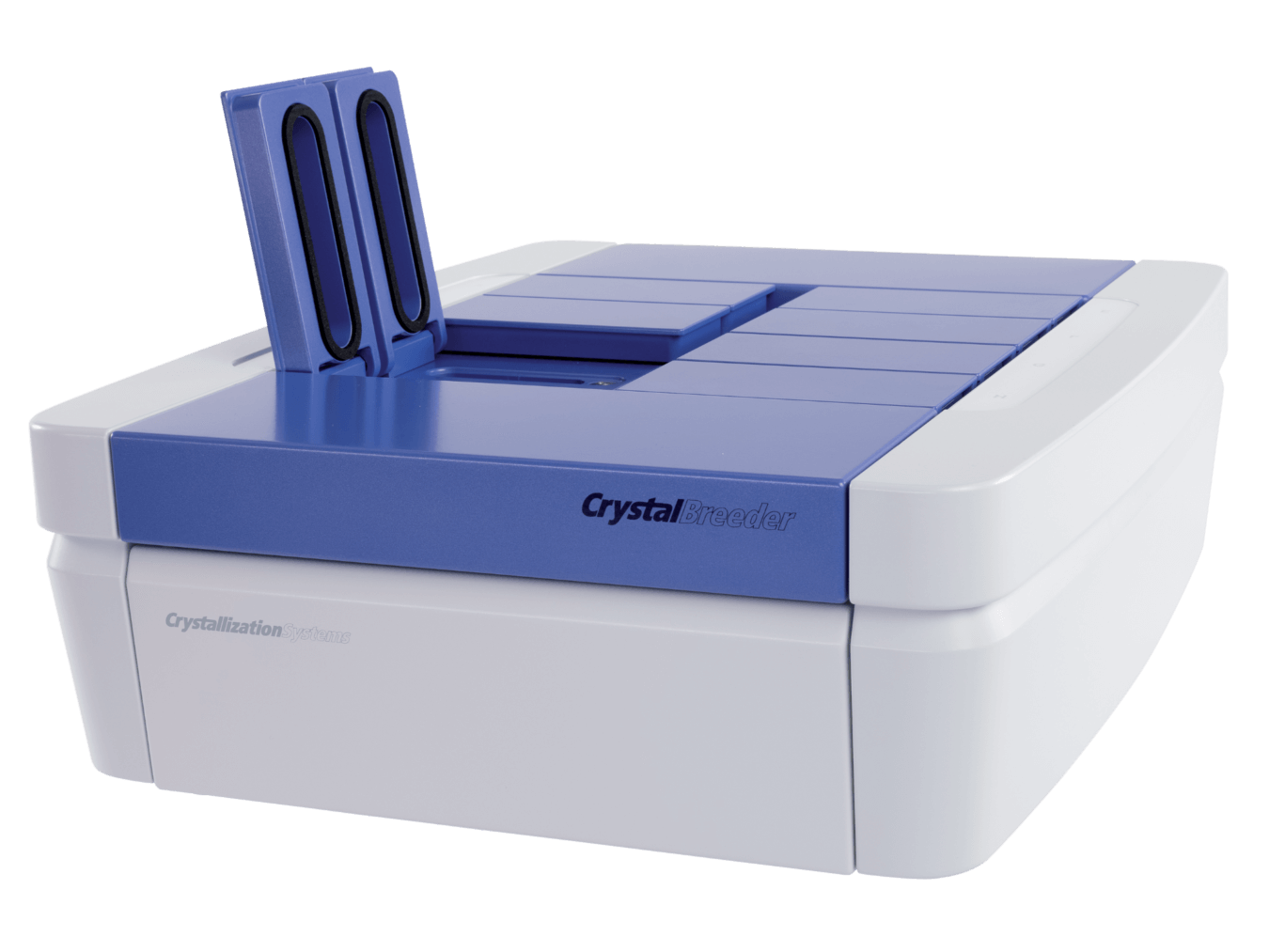
CrystalBreeder is the next generation multi-reactor crystallization platform for medium-throughput solid-state research, operating at working volumes of 0.1 mL. Run rapid complete crystallization screens with as little as 1 mg of sample. CrystalBreeder provides real time turbidity readings for 32 parallel temperature controlled experiments. When early solubility information is essential, stop guessing and let CrystalBreeder put you in the lead.
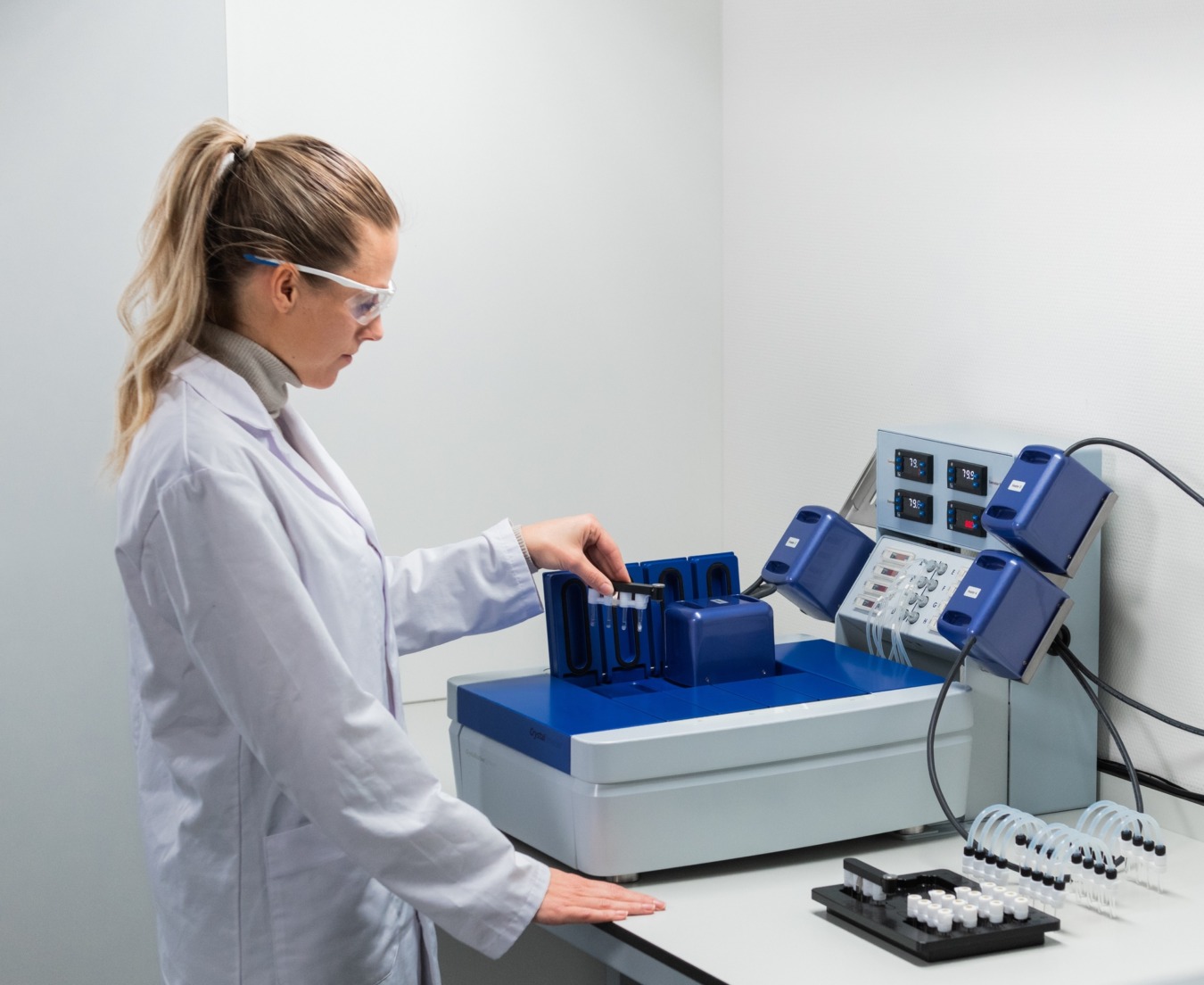
To decrease the time to market, effective innovation is vital. Early-stage solid-state screening is necessary to avoid costly developmental surprises later. Similarly, there is a requirement for salt screening early on in the development process, since changing salt form at a later stage may cause costly delays to the entire process.
Investigate small amounts of sample under controlled conditions, with CrystalBreeder: simply and reliably. Complete a salt screen with as little as 1 mg of compound at working volumes of 0.06 - 0.1 mL. Top stirring is now available with CrystalBreeder and was specifically developed to overcome attrition issues.
Reaction conditions are more reproducible and realistic than in well-plate experiments, whilst in vial analytics measure turbidity in each reactor without physical contact with the sample. Real-time display of turbidity provides an immediate and reliable signal when a sample crystallizes.
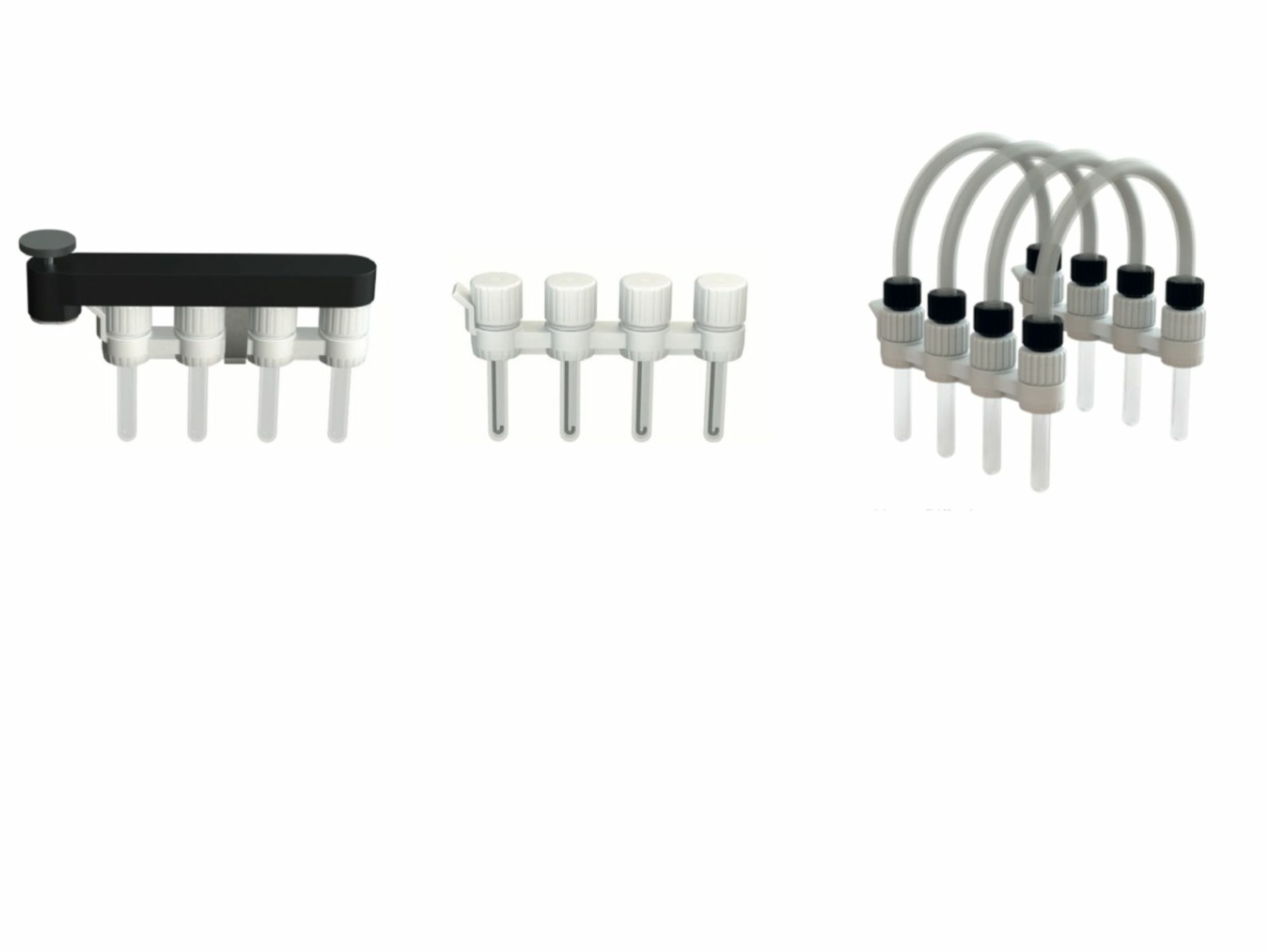
The reaction vials are fully compatible with liquid handling and solid dosing robots, ensuring quick, easy and reproducible sample preparation. Using the handy CrystalBreeder caps, the reaction vials can be loaded into the CrystalBreeder with ease. With an intuitive software interface, the system controls and analyzes 32 reactors, with 8 independent temperature zones. Screening experiments are set up in less than a minute, using predefined protocols.
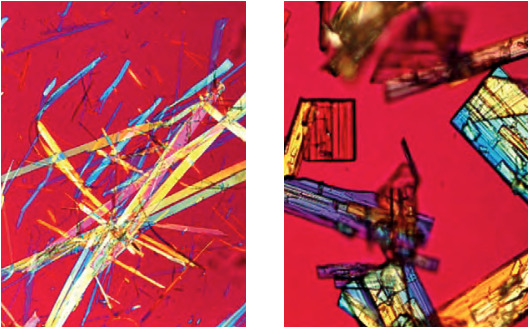
Investigate small amounts of sample under controlled conditions, with CrystalBreeder: simply and reliably. Complete a salt screen with as little as 1 mg of compound at working volumes of 0.06 - 0.1 mL.
Top stirring is now available with CrystalBreeder and was specifically developed to overcome attrition issues. Reaction conditions are more reproducible and realistic than in well-plate experiments, whilst in vial analytics measure turbidity in each reactor without physical contact with the sample. Real-time display of turbidity provides an immediate and reliable signal when a sample crystallizes.
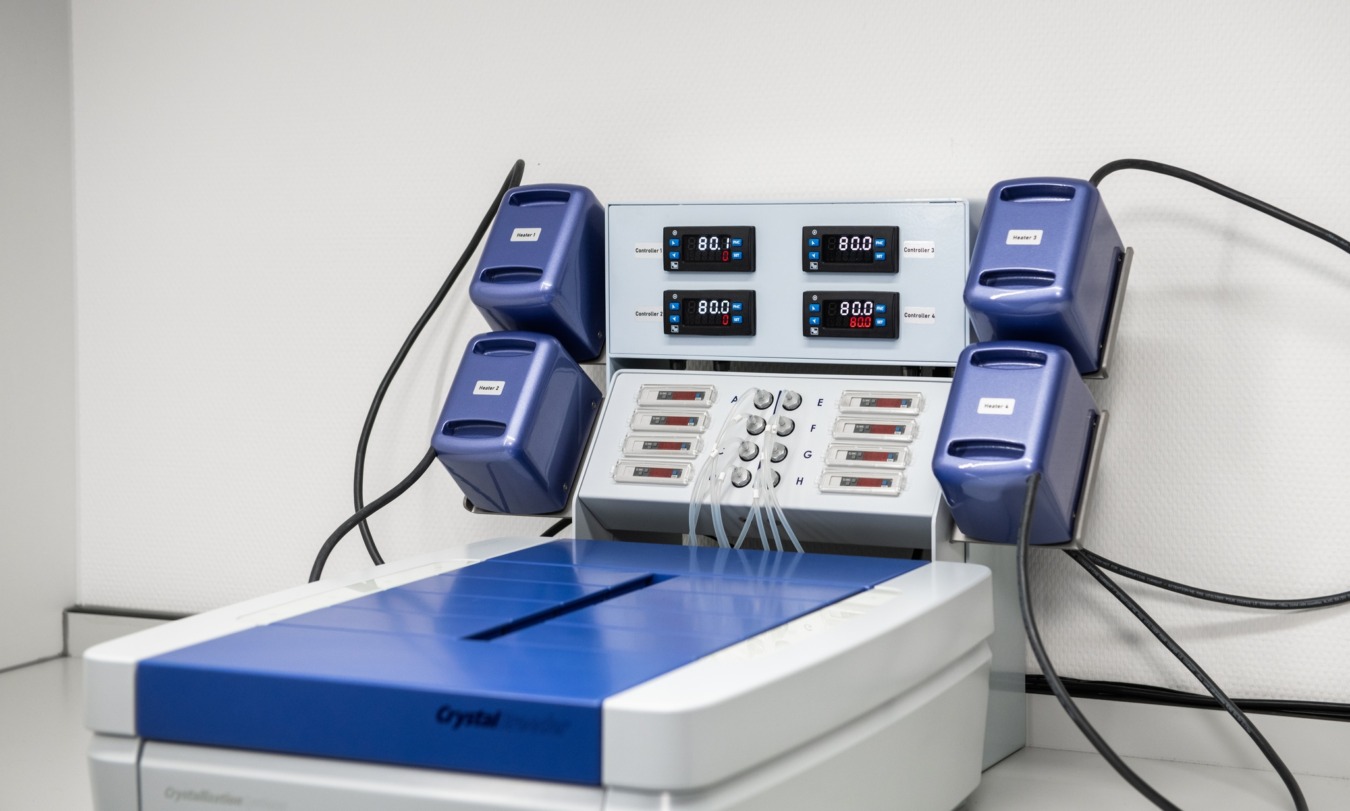
CrystalBreeder was designed with versatility in mind. Use overhead stirring with a unique hook design to mix thick slurries and viscous fluids. CrystalBreeders Evaporation set-up facilitates fully controlled evaporation crystallization studies. You can also directly dry your samples without using a separate evaporator.
Vapor diffusion crystallization is now available, utilizing the unique vapor diffusion set-up. You are no longer limited by the boiling point and vapor pressure of the solvent and anti-solvent. This broadens the design space much more than classical vapor diffusion methods.
The new modules offer vapor diffusion and evaporation capabilities, increasing the instrument’s versatility, and facilitating more advanced experiments.
The two modules sit on top of the CrystalBreeder, maintaining a compact footprint. Users control the temperature, heat/cool rate, stirring speed and evaporation pressure for all disposable block reactors with the software, generating accurate solubility and crystallization data in a short time.
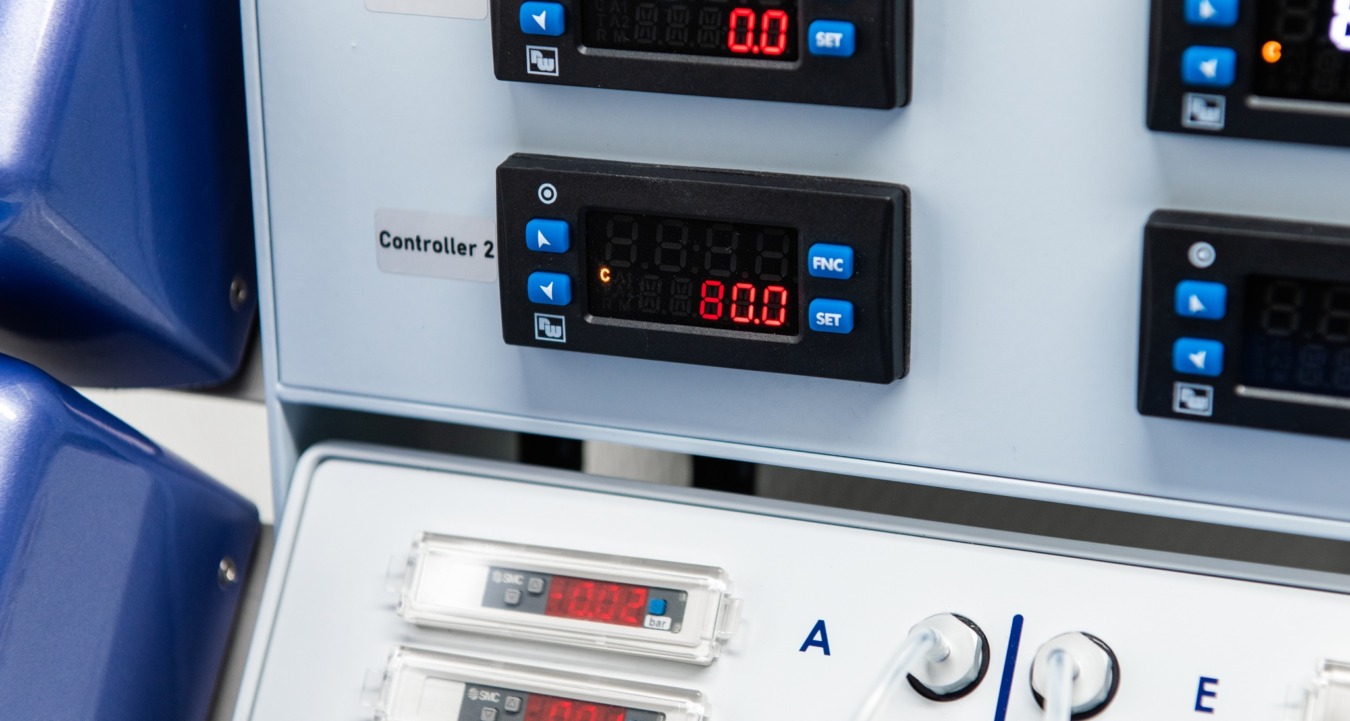
Would you like to know the crystal structure of your active ingredient? Do you see the need of having the molecular structure confirmed? Do you want to be able to understand physicochemical properties of your Active Ingredient? Growing X-ray quality crystals can help you answer these questions.
New features
Multiple crystallization modes
Up to 32 parallel reactors
Minimal sample required
Feedback control: Yes
Reactors: 32
Reactor type: Commercially available, glass
Optimal work volume (ml): 0.06 to 0.1
Temperature zones: 8
Temperature range (°C): -15 - 150 (1)
Temperature accuracy (°C): 0.1
Heating/cooling (°C/min): 0 - 20
Stirring: overhead or stirrer bar
Stirring speed (rpm): 0 - 1250
Evaporation option: Yes, with evaporation flow per block of 4 reactors
Vapor diffusion option: Yes
Turbidity (%): every reactor
Chiller necessary: No
Data export: CrystalClear, Word report, xml
Foot print (DxWxH in cm): 49x56x20
Individually programmable per reactor block
Temperature profile: unlimited heating/cooling/hold steps per run programmable
Unlimited heating/cooling/hold steps per run programmable
(1) Minimum temperature reached in 1 block reactor is -15°C, and -10°C when all 8 block reactors are in use.
The CrystalBreeder multiple-reactor system can hold 32 (8 x 4) standard glass vials (5.5 mm diameter, round bottomed, 0.3 mL volume).
A unit consists of eight independently heated reactor blocks encased in a robust bench top setup taking a minimum of your valuable lab space. These blocks are electrically heated and cooled by a combination of Peltier elements and heaters.
In order to prevent condensation on the reactor blocks and electronics during runs at temperatures below 10°C the CrystalBreeder system provides an inlet for a dry purge gas (typically nitrogen).
CrystalClear is a software package that helps CrystalBreeder users to transform data produced by the CrystalBreeder into valuable information, in just a few simple steps.
Step 1: Import your project data files from CrystalBreeder into CrystalClear
Step 2: Visualize and (optionally) edit Clear and Cloud points to one's need
Step 3: Visualize the Meta Stable Zone Width and gather valuable information as a foundation of a solid crystallization process
Step 4: Automatically create a final report exportable to Word
The CrystalClear software is compatible with all our instruments – CrystalBreeder, Crystal16 and Crystalline. It is flexible, intuitive, effortless to use and helps you analyze your data in no time.
